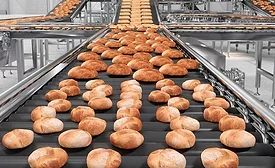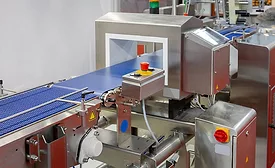Bob Ferguson
Bob Ferguson is president of Strategic Consulting Inc. and can be reached at bobferguson9806@gmail.com or on Twitter at @SCI_Ferguson.
ARTICLES
Part 1 of this column series discusses the results of a survey of more than 170 food processors regarding their views on food safety culture
Read More
A Look at the Growth of the Global Food Safety and Beverage Microbiology Testing Market
Food safety microbiology is fundamental to any food safety program, but it also plays a role in the dynamic global marketplace
October 16, 2025
Food Safety Markets and Trends—Developments to Watch
This edition examines a few of the trends that will affect food safety in the coming years and be impactful to our markets
August 12, 2025
Hygienic Design: How are Processors Coping With This Essential Element of Food Safety?—Part 2
Food processors elaborate on their sanitation program's fundamentals and challenges
June 19, 2025
Hygienic Design: How are Processors Coping With This Essential Element of Food Safety?
Hygienic design of both equipment and processing facilities is important for the consistent production of safe food
April 11, 2025
Regulatory Changes Impacting Your Food Safety Program, Part 2—What Should USDA's Priorities Be?
Your opinions on USDA's proposed Salmonella regulations and your priorities for your food safety programs in 2025.
February 14, 2025
Regulatory Changes Impacting Your Food Safety Program, Part 1—What Should FDA's Priorities Be?
We asked for your opinions on FDA's Human Foods Program and the food regulatory structure in the U.S.—and you answered
December 19, 2024
How is the Revolution in Technology Changing Food Safety?—Part 3
Food safety professionals continue to be focused on efforts to continually get better at their fundamental responsibility to produce safe food
October 15, 2024
How is the Revolution in Technology Changing Food Safety?—Part 2
How has adoption of different technologies affected processors' daily food safety operations and improved their food safety outcomes?
August 8, 2024
How is the Revolution in Technology Changing Food Safety?
How has adoption of different technologies affected processors' daily food safety operations and improved their food safety outcomes?
July 2, 2024
Never miss the latest news and trends driving the food safety industry
eNewsletter | Website | eMagazine
JOIN TODAY!Copyright ©2025. All Rights Reserved BNP Media.
Design, CMS, Hosting & Web Development :: ePublishing










